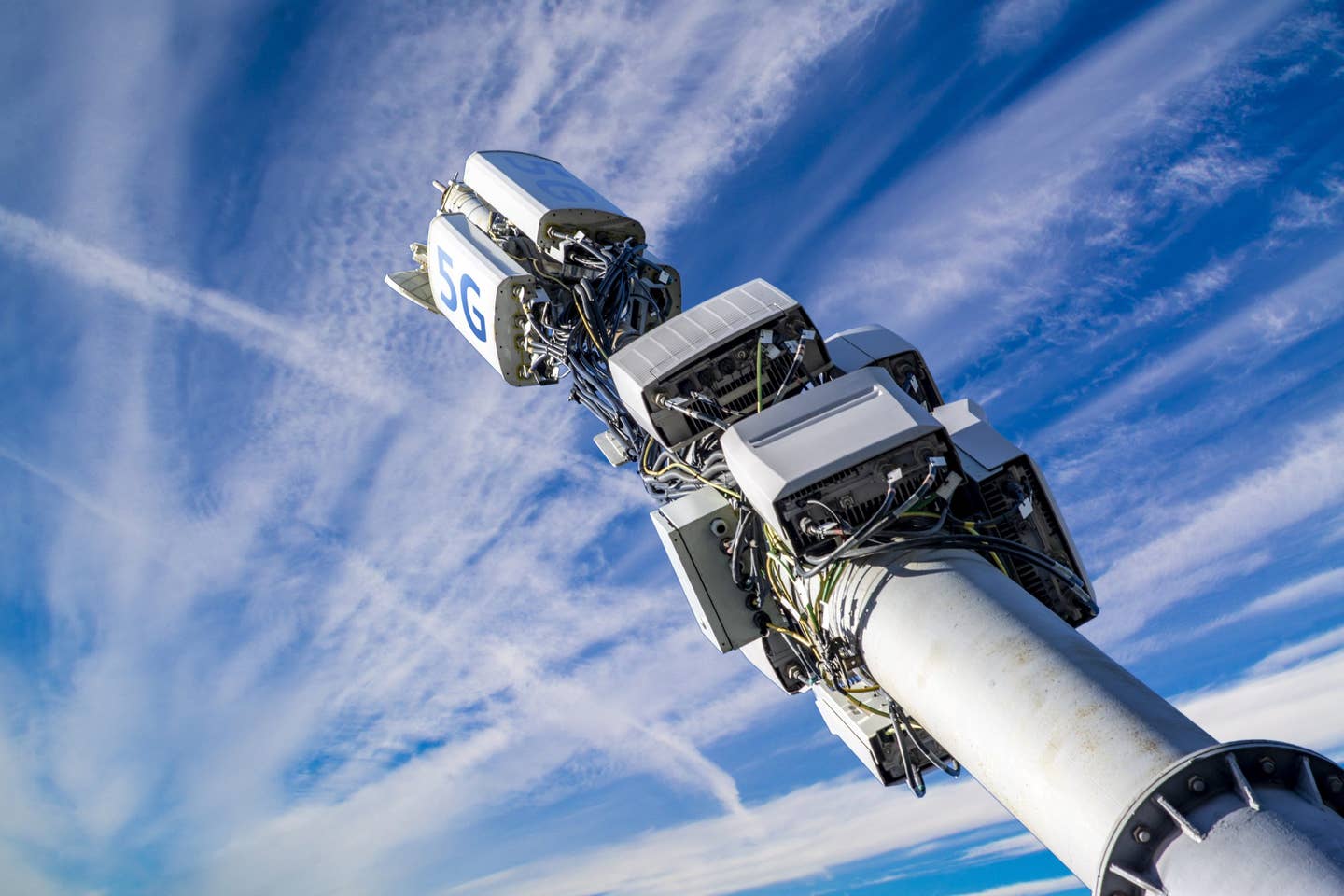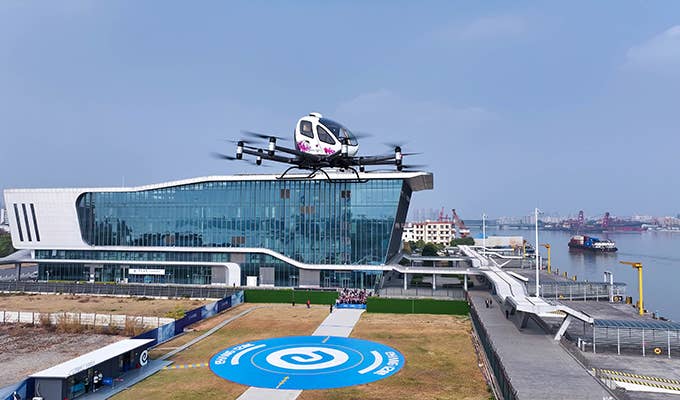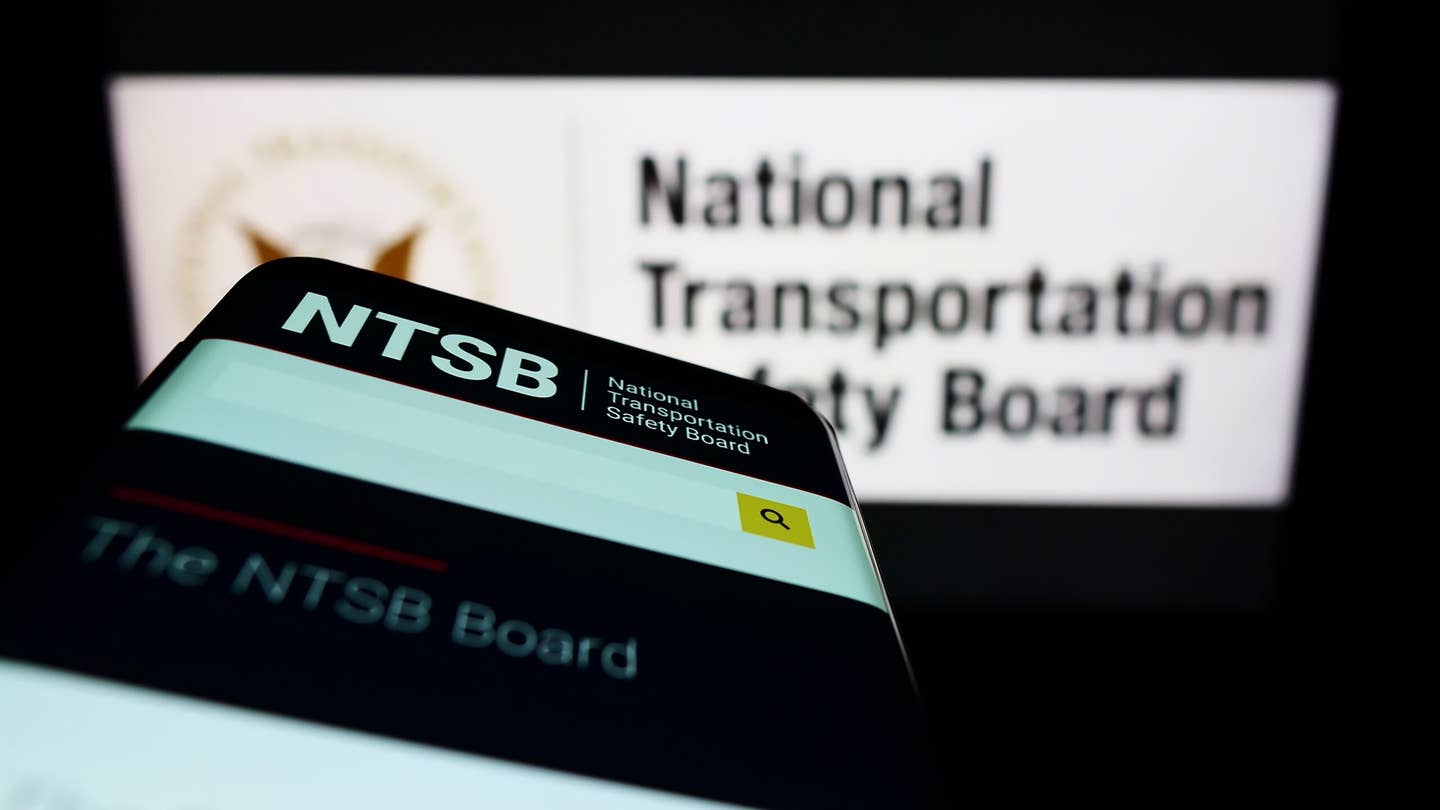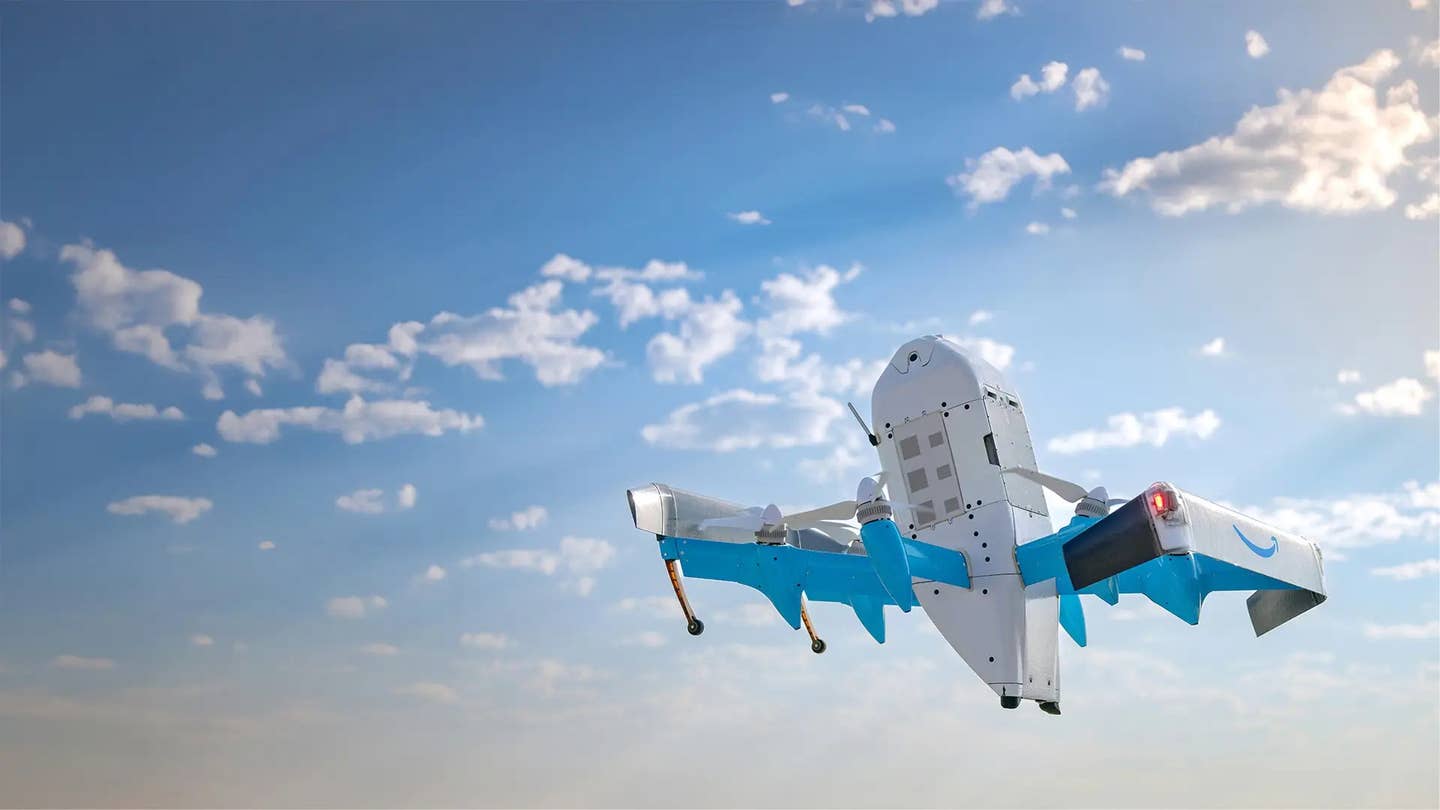Cellphone Carriers Provide Counter Proposal to Feds Regarding 5G Implementation
AT&T and Verizon Communications have declined a request from the FAA to postpone the release of 5G slated for January 5, and instead are offering a counter proposal.

Those in and around aviation were well aware of the dangers of the 5G issue. Credit: Adobe Stock
AT&T and Verizon Communications have declined a request from the FAA to postpone the release of 5G slated for January 5, and instead are offering a counter proposal that will go ahead with the release of 5G but at reduced power.
The counter proposal that representatives from AT&T and Verizon offered Sunday would release 5G at the same level of power that is currently in use in France, and it would stay at reduced power for six months to allow U.S. officials time to study the impact of 5G on air traffic.
It was noted that U.S. airlines fly in and out of France on a daily basis where 5G is already established.
Why This Matters
The counter proposal is in response to a December 31 letter the U.S. Transportation Secretary Pete Buttigieg and Stephen Dickson, head of the FAA, sent to AT&T and Verizon Communications asking them to delay the January 5 introduction of new 5G wireless service for two weeks so that its impact on flight safety could be studied and any issues mitigated.
In the letter sent to the wireless companies Peter Buttigieg said, "As part of this proposal, we ask that your companies continue to pause introducing commercial C-Band service for an additional short period of no more than two weeks beyond the currently scheduled deployment date of January 5. During this time, the FAA will identify the priority airports, issue the required notices to air missions (NOTAMs) and begin approving alternate means of compliance (AMOCs).
During this time, the FAA will review information relating to the size of the buffer zone around critical airports and will seek to reduce the size when safely able to based on data from aviation manufacturers. The FAA will make every effort to complete this work as expeditiously as possible.
The letter suggests that the 5G C-Band could be deployed around priority airports on a rolling basis, and barring any technical and safety issues, will be fully activated by the end of March 2022.

Sign-up for newsletters & special offers!
Get the latest FLYING stories & special offers delivered directly to your inbox






